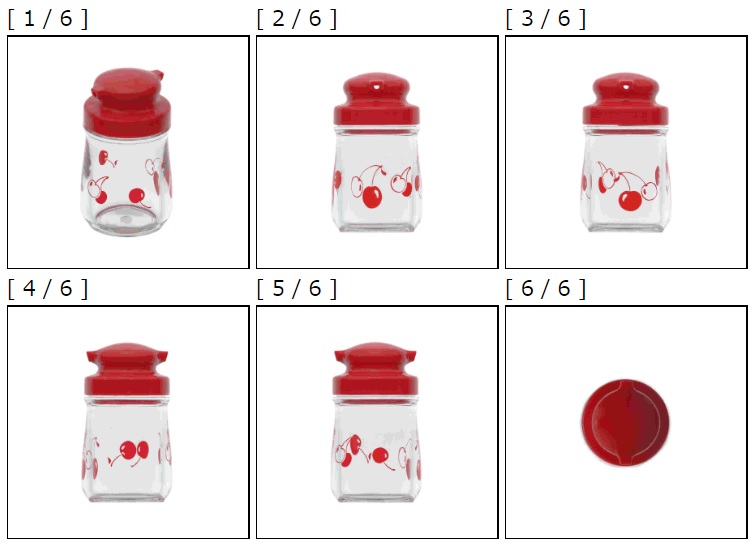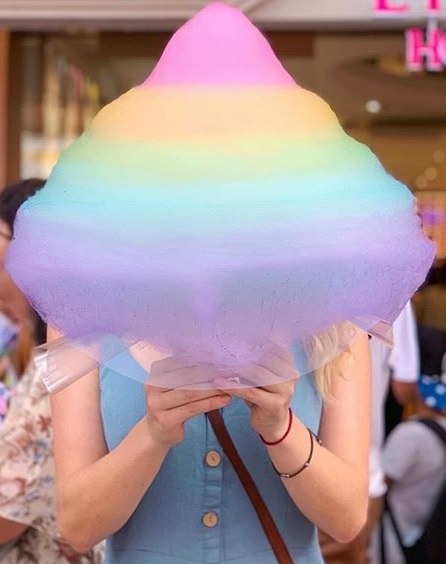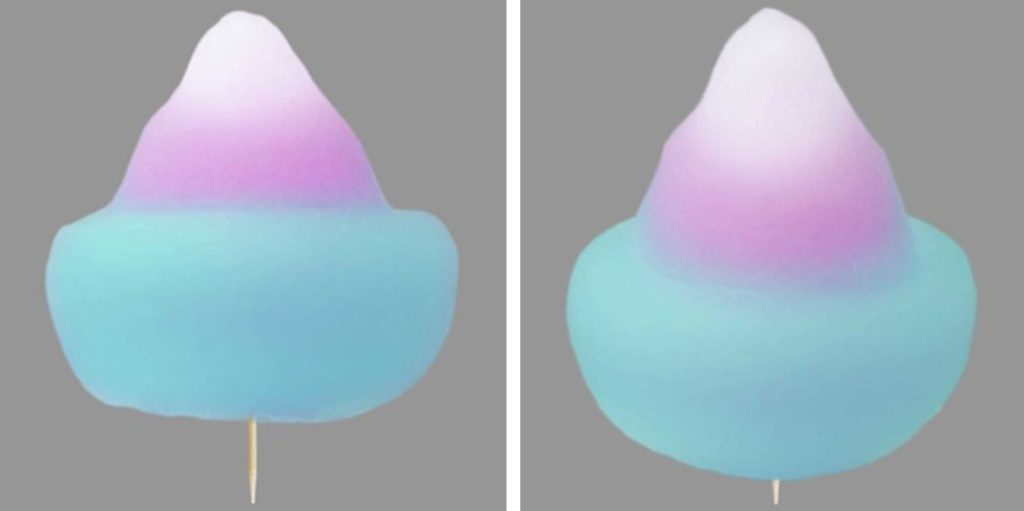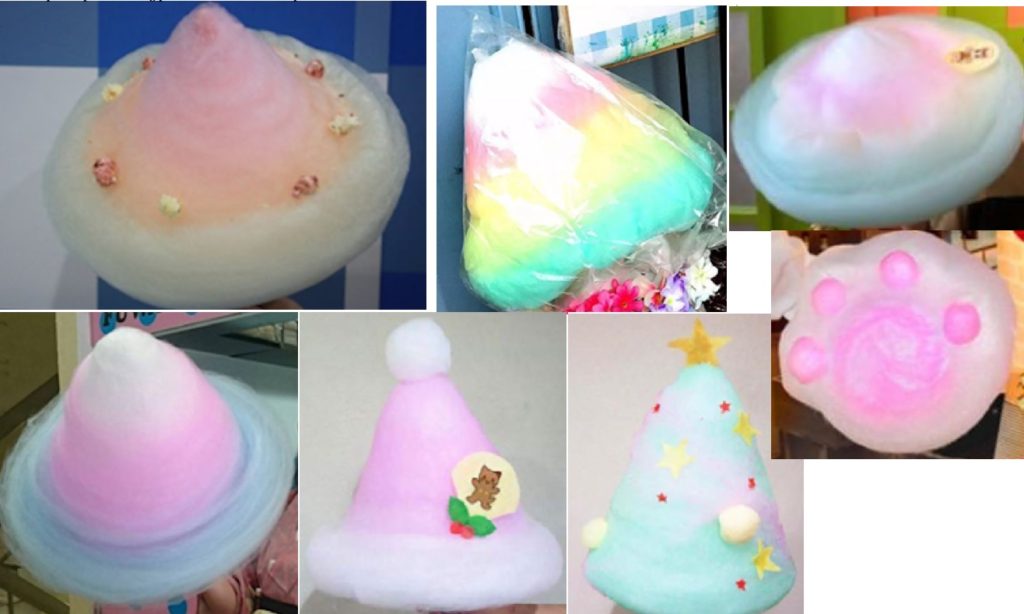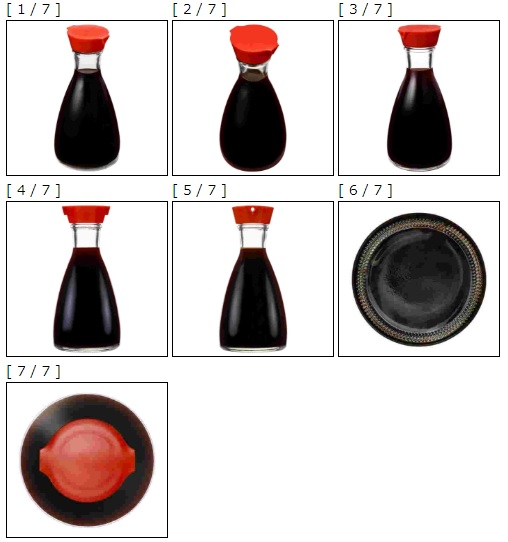On August 8, the Appeal Board of the Japan Patent Office (JPO) disaffirmed the examiner’s rejection and decided to grant protection of IR no. 1440057 for a 3D guitar-shaped mark in relation to a casino game, hotel, restaurant, and bar services.
[Appeal case no. 2021-650016]
IR no. 1440057
Seminole Tribe of Florida (STF) filed a 3D guitar-shaped mark (see below) for use in providing casino game services (cl. 41) and hotel, restaurant, and bar services (cl.43) with the JPO via the Madrid Protocol on October 23, 2018.
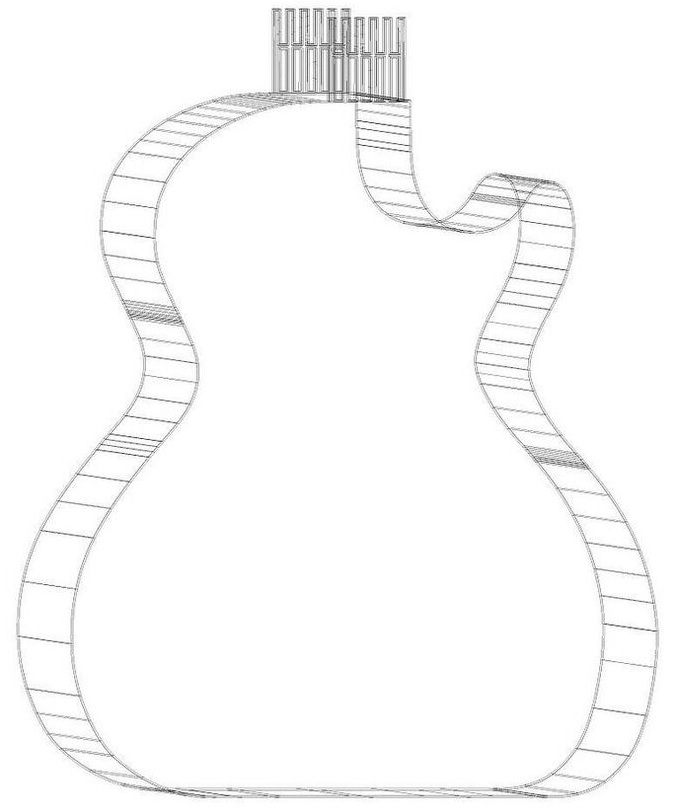
The 3D mark represents the iconic Guitar Hotel at Seminole Hard Rock Hotel & Casino Hollywood in Florida, USA, newly opened in October 2019.

The JPO examiner rejected the 3D mark based on Article 3(1)(vi) of the Trademark Law due to a lack of distinctiveness in relation to the services of classes 41 and 43. The examiner asserted that the mark consists of a three-dimensional shape recognized as a building in the shape of a guitar as specified by the applicant in the description of the mark stating “The mark consists of a building in the shape of a guitar”. Given there are buildings in the shape of a musical instrument (see below), and the designated services are generally provided in stores or buildings, relevant consumers would consider that the 3D mark simply represents a form of a store or building to provide hotel restaurants, bars, and casino when used on the services in question, not a source indicator.
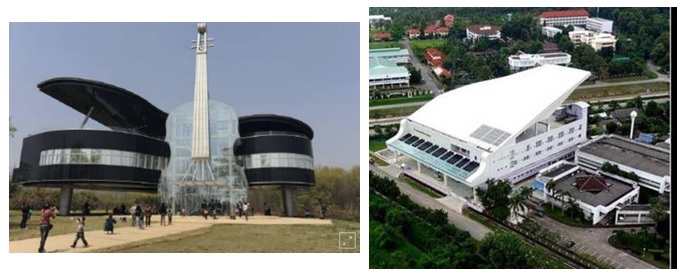
Appeal
Marks IP, on behalf of STF, filed an appeal against the rejection and argued the inherent distinctiveness of the 3D mark in relation to the designated services because a guitar shape would never directly suggest or imply the specific quality of a casino, hotel, restaurant, and bar services.
In the course of appeal proceedings, the JPO notified a provisional opinion to affirm the examiner’s rejection by stating:
“In general, the shape of a store to provide services is adopted for the purpose of enhancing functionality and aesthetics. In fact, there are many stores or buildings that have a distinctive and unique appearance as shown below.
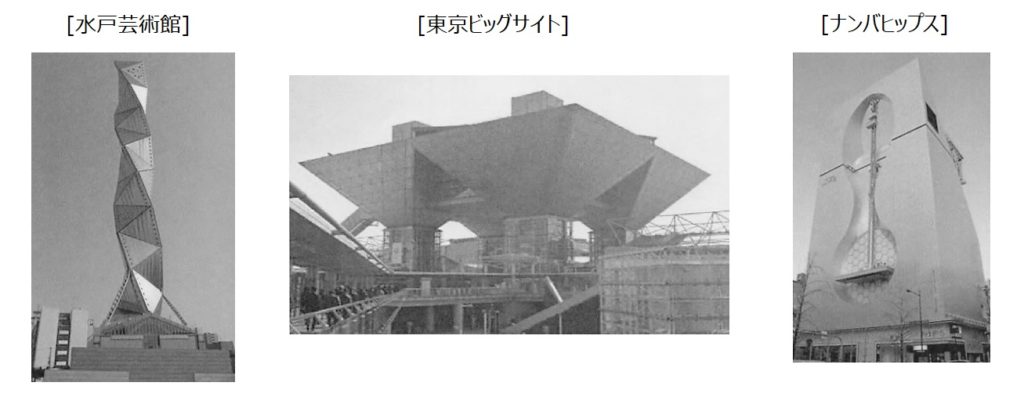
If so, it is reasonable to conclude that the 3D mark in question remains within the scope of shape just to enhance the aesthetic or attractive effect to the store from appearance, and that relevant consumer would not recognize the mark as a source indicator.”
In response, Mark IP argued the cited stores and buildings are no facilities for a casino, hotel, restaurant, and bar services. In addition, the shape of these facilities per se plays a role in source indicator by virtue of its eccentric design that is sufficiently distinguishable from other buildings. As a matter of fact, consumers have already recognized them as a landmark in the region and connected their shape with the name and business of the respective facilities. In the event that a three-dimensional shape is not foreseeable to consumers in relation to goods and services, it should be considered inherently distinctive.
JPO decision
The Appeal Board eventually decided to reverse the examiner’s rejection by stating:
“Even if the 3D mark can be recognized as a guitar-shaped building, it is difficult to consider that the 3D mark represents a form of a store or building to provide a hotel or restaurant when used on the services in question. Therefore, even if the 3D mark is used in connection with the designated services, consumers will be able to recognize the mark as a source indicator of the services by a certain business entity. If so, the Board has reason to believe the examiner errored in finding distinctiveness of the 3D mark and applying Article 3(1)(vi).”
Based on the foregoing, the Board concluded the 3D mark shall not be rejected under Article 3(1)(vi) of the Trademark Law and decided in favor of Hard Rock!

